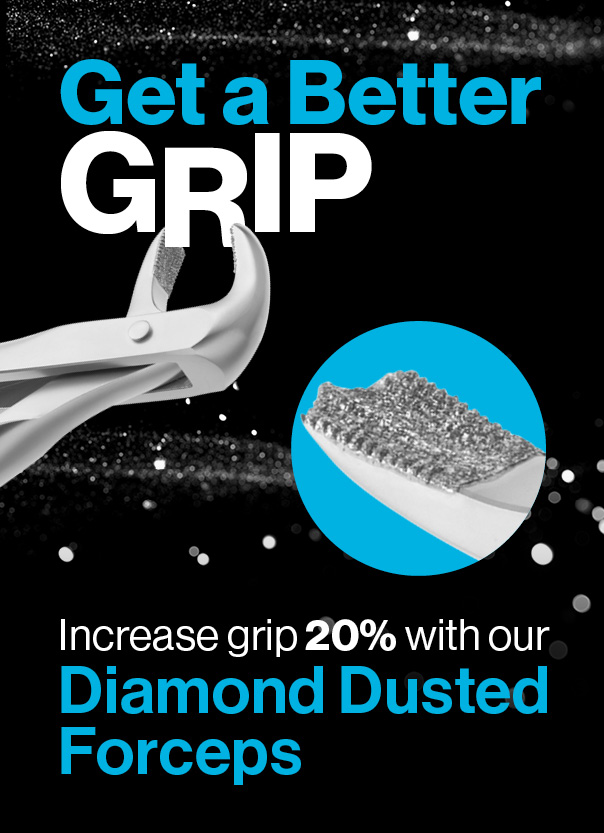Ultrasonic Insights - Seventh Edition
Tips to Prevent Handpiece Overheating
Imagine this…during an ultrasonic scaling procedure; your handpiece begins to feel warm. Continuing to scale, you hope that the temperature will decrease. However, the handpiece becomes even warmer-- to the point that you put down it down to either change the ultrasonic insert or switch to hand instrumentation. Does this ultrasonic scaling scenario sound familiar to you? In this article, learn what is causing your handpiece to overheat and how to prevent it.
Worn insert tips
Worn insert tips are inefficient for debris removal and can contribute to handpiece overheating. When using a worn insert tip, the clinician will likely feel the need to increase the power setting on the generator to facilitate debris removal. However, scaling efficiency will not increase, and more heat will be generated, especially if the power setting exceeds the recommendation for the insert tip. For optimal scaling efficiency, regularly check your insert tips for wear and replace when needed. Remember, 1 millimeter in tip wear results in 25% loss of scaling efficiency, while 2 millimeters of tip wear results in 50% loss of scaling efficiency.
Generator power setting too high
Each ultrasonic insert has a recommended power range for optimal performance. Robust tips, such as the Hu-Friedy #10, #1000 and Beavertail inserts, are intended for removal of heavy debris and can be used on higher power settings. It is recommended that thinner tips be used on low to medium power. Why? Thin inserts with water flow to the tip, have thinner water flow channels. If used on high power, the water flow rate may not be enough to cool the insert tip—resulting in handpiece overheating. For maximum scaling effectiveness and patient comfort, be sure to use the lowest effective power settings for each insert.
Air trapped in handpiece
Air bubbles that are trapped in the handpiece can prevent water from contacting the vibrating stack—resulting in heat build-up. The entire stack of the insert must be completely submerged in water to operate efficiently. To eliminate/minimize trapped air, be sure the handpiece is filled to the top with water and held vertically when placing the insert. To further prevent trapped air, it is advisable to run water through the handpiece for at least 2 minutes at the start of each day and for 45 seconds each time you seat an insert into the handpiece.
Waterline filter is clogged
Check the waterline that extends from the generator to either the wall connection or the operatory unit. This waterline typically has a filter that should be monitored and changed routinely. A clogged filter will disrupt the water flow through the generator and result in less flow to the insert tip. Changing the filter on a regularly scheduled basis is an inexpensive, quick maintenance procedure that can help ensure unobstructed water flow. For inserts that are past their useful life, take advantage of our Ultrasonic Insert and Tip Trade-in Offer or our popular Environdent program. Request HF-466 - Insert Wear Guide, and regularly check the efficiency of your ultrasonic inserts.

